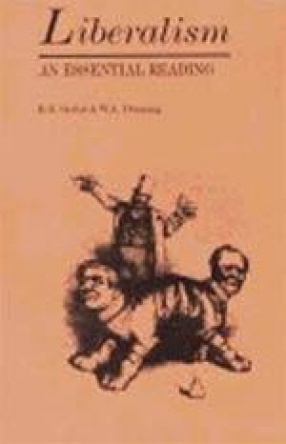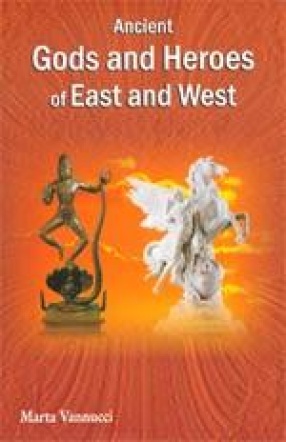The feeling of Nationalism manifested itself in the country right from the middle of the 19th century or even much earlier then the advent of the British. There were a number of uprisings against foreign role and right of 1857 stands out very prominent but was not organized country wide. As the struggle continued, the very youth who got English education realized their plight and began showing contempt for the British rule in India. This was more evident in Maharashtra and later in Bengal and other places. Those who went out as students turned out to be the very people who started various Indian associations abroad. Leader like Krishna varma, Bhikhaji Cama, Savarkar and Bapat guided them, and supplied them with literature, booklets and leaflets to be smuggled into the country. Princely States like Baroda played an important role in this. Leaders like Tilak encouraged students to study Advanced Chemistry in Japan and other countries. Paris and London were the most important centres for such activities. A guide book for bomb-making was smuggled into the count ry. Originally this seems to have been translated from Russian to French and then into English. Both the French and English versions were smuggled into the country and copies seem to have passed hands to Maharashira, Punjab, Bengal and the South. All the bomb cases either at Tinnevellay, Manicktola, Nasik or Tenali reveal that the same material including picric acid was used and the same method was followed in bomb-making. Students and youngmen were involved in these activities. The author has aptly dealt with the part played by the students in the struggle for freedom and how the student activities were politically motivated. Bengal took the lead in student activity with Baren Ghosh, brother of Aurobindo Ghosh at the help in the beginning ofl this century. Maharashiro was equality in the fore-front especially Pune. “To inculcate the fundamentals of political consciousness among students’ a number of societies, some secret and some very active were formed in different parts of the country. The student activity became much noted in Rajahmundry and Cocanada during the after B.C. Pal’s visit and so was the case with Machilipatnam, B.C. Guntyur, Madras, Salem and elsewhere. Students and other young men got more organized from the middle of 1907. The background for national schools and colleges was provided and such institutions were started all over the country and the Presidency. The volume covers the major played by students to the Madras Presidency during the yaude Mataram and also the Swadeshi Movements. The author has collected authentic material very painstakingly and the effort is commendable as there are hardly any printed books exclusively on the student activity ink the Madras Presidency for that period. This unique work on students’ movement in the South is a pioneering effort on the part of the learned author which will remind present as well as succeeding that the freedom they enjoy today was not something they were given on a platter but was achieved by incredible suffering and sacrifices under the patriotism have been unparalleled in world history.
Liberalism: An Essential Reading
$45.60
$48.00





There are no reviews yet.